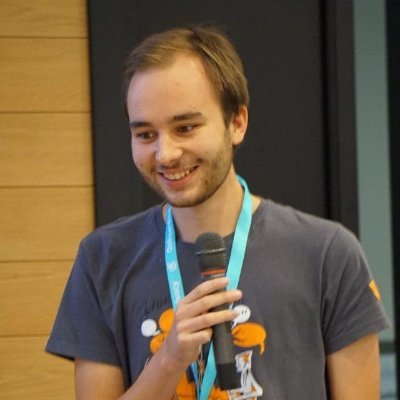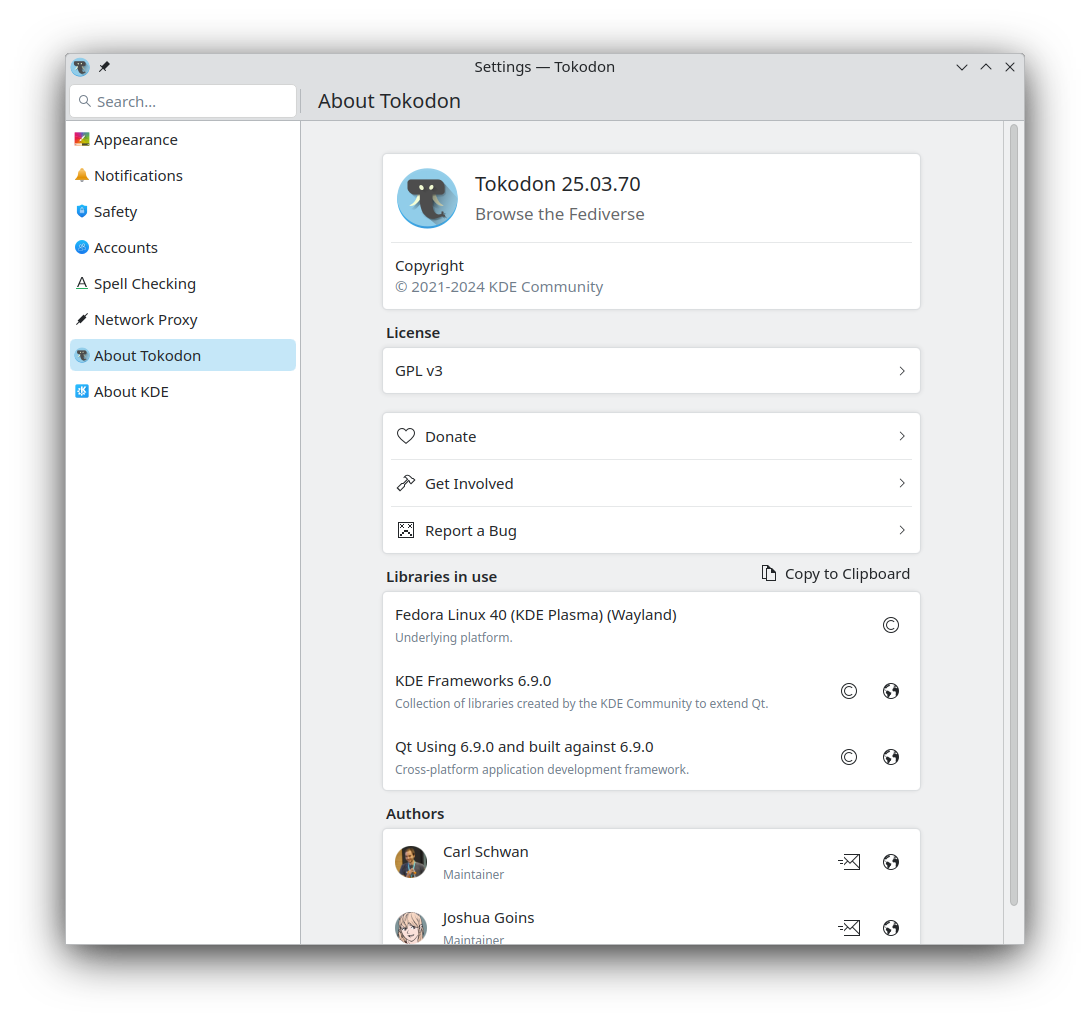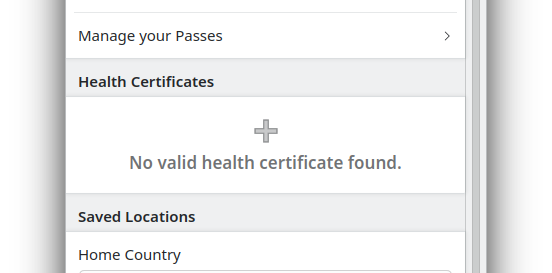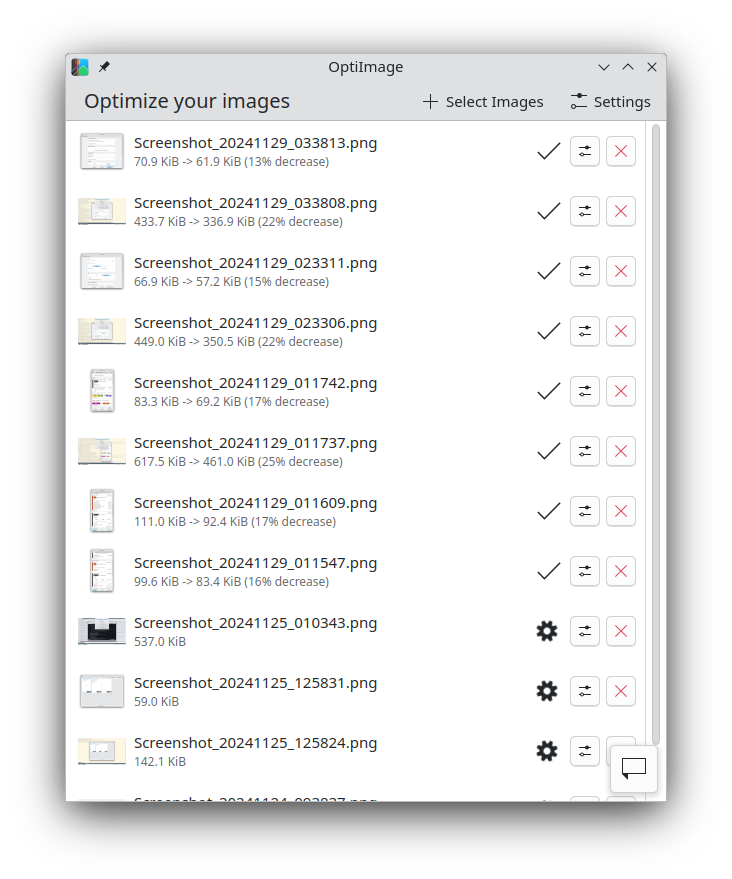Imaging Planner
Hy Murveit added a brand new Imaging Planner in KStars to facilitate imaging.
The Imaging Planner tool helps users choose which objects to image. Users can download catalogs of recommended objects, or possibly create and share their own catalogs. The tool computes when the objects in a read-in catalog may be imaged on the selected night given constraints such as minimum altitude, terrain and moon separation.
It can sort the objects along several different dimensions including the number of hours an object may be imaged tonight (given the users geography, constraints and possibly artificial horizon), its peak altitude, distance from the moon, constellation, name and type. Objects can also be filtered out for several reasons (e.g. type of object, whether it was previously imaged, keywords the user has added, whether the object has been selected, user not interested, etc).
This tool helps users research the objects by showing small images of the objects, showing the objects' sky locations on the skymap, and by providing links to follow to internet sites with more information and images. It allows users to attach notes and links to objects, and select certain of them for further consideration. This tool can be used in conjunction with the Ekos imager or any other imaging tool. It does not currently directly interact with the actual imager; it only helps the user decide what to image.
Simbad Integration with FITSViewer
John Evans added a new, experimental feature to the FITSViewer that allows the user to dynamically query the SIMBAD astronomical database and highlight the results on the image in the FITSViewer. The user draws a circle on the image and the objects within that circle are then displayed in a table and on the image.
It is possible to filter by object type and click through to the Simbad / CDS or NED websites for more information about the objects.
This is an interesting tool to see what is in your image, be it a subframe whilst you are imaging or a completed image that you have reloaded into the FITSViewer.
In order to use the feature you will need an internet connection to access the online Simbad database and an image must have WCS enabled within the FITSViewer. For the most accurate results, plate solve the image with the build-in FITSViewer plate solver. The feature is controlled by a toggle in the FITSViewer options.
It is possible to filter by object type and click through to the Simbad / CDS or NED websites for more information about the objects.
This is an interesting tool to see what is in your image, be it a subframe whilst you are imaging or a completed image that you have reloaded into the FITSViewer.
New Focus Measures
John Evans introduced a new contrast based focusing algorithm suited for solar and planetary imaging.
4 new focus measures have been added to the Focus Module to complement the existing measures of HFR, FWHM, etc.
· StdDev. This is similar conceptually to the Fourier Algorithm but is simpler. It uses an algorithm based on the standard deviation of the pixels in the image as the measure of focus. It can be used on star fields.
· Contrast based measures use algorithms that can be found in other areas of image processing and uses the contrast of texture in the image in various way as a measure of focus. The following measures are available:
o Sobel
o Laplassian
o Canny
These measures require some form of extended object in the image so will not work on star fields. They are intended for Solar, Lunar and planetary focusing.
These algorithms can be used on the whole image or with the existing mask features, or with a user-defined region-of-interest that is used in single-star mode for star based focusing measures.
This new feature requires the openCV library to be installed (a standard installation is fine). This library is not installed by default with Kstars so anyone wishing to use these features will need to first install openCV and then rebuild Kstars on their system. It will not be available with pre-built executables.



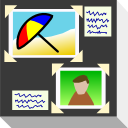

 sebas
sebas



 @marcdeop:matrix.org
@marcdeop:matrix.org